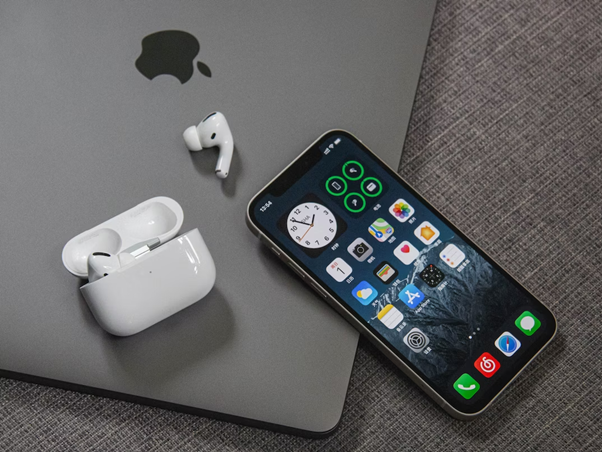Contents
If you’ve ever attempted to boost your PC’s performance and speed, you’ve probably come across the terms “temp files” and “cache.” These elements are considered crucial for optimizing your device’s performance, regardless of whether you’re using a smartphone or a computer. To comprehend the significance of managing temp files and cache memory, let’s delve deeper into their functionality and purpose.

Why Do You Need Temporary Files and Cache?
Temp files and cache memory play a significant role in the temporary performance of a device. But what exactly are temp files and caches?
- Temp Files are automatically generated by the system to ensure the smooth functioning of different applications on any device. In the Linux operating system, temporary files are referred to as ‘Foo’ files. Whenever a user performs any function, the system saves the progress as small temporary files to keep track of the ongoing process and prevent any loss of data. Usually, these temp files are deleted once the task is completed. This process is repeated for every assignment performed on the device.
- Cache, on the other hand, is a type of RAM known as Static RAM. It is the fastest memory in a system and functions similarly to RAM. However, the main difference lies in its speed. Cache memory stores data temporarily while the user is working on an application. Whenever the CPU requires a command or data, the Cache memory quickly retrieves it, reducing the time needed to complete the task.
Both temp files and cache memory contribute significantly to the overall performance of a device.
Why Delete Cache and Temporary Files?
Starting with temporary files, every application on a PC creates them while you work to save your progress. Once you close the application or save your progress, these temp files become useless. Over time, these small files can take up a lot of space on your Hard Drive if not deleted by the application. Anything unnecessary occupying space on your device can impact its performance. Therefore, it’s important to keep the number of temp files on our system in check to ensure smooth and efficient functioning.
For instance, when you write a document on MS Word, all your progress is constantly saved as temporary files to prevent data loss in case of a system failure. This allows you to recover the document when you restart your PC after a crash.
Unlike temp files, cache memory is not as abundant. It is a physical memory present inside the PC, comprising several capacitors for each bit of memory. This makes cache memory expensive and limited in devices. Typically, a device contains only up to 8 MBs of cache memory. To maintain the smooth operation of your PC, it is important to regularly clean the health of this fast and responsive memory.
Now that we understand the importance of deleting temp files and cleaning cache memory frequently, let’s explore how it can be done.

How to Clear Cache and Temporary Files?
On Android, there is a built-in ability to delete the cache of any application through the settings and the corresponding menu. However, on the iPhone, the situation is more complicated. Fortunately, there is a CleanUP app. You can find it in the App Store download button and install it on your smartphone. The CleanUp app is able to remove various caches, temporary files, and even duplicate files. In just a few moments, this phone app removes all kinds of junk and frees up space. Although the effectiveness of a cleaner depends on the state of the operating system, it can usually free up 10-20%, and sometimes 50% of memory.
Conclusion
To sum up, temp files and cache memory are essential elements for ensuring the smooth operation of a device. Without these aspects, applications will be unable to save progress or run efficiently. To prevent any performance issues from arising, it is important to clear the cache as well as delete temporary files frequently. This can be done manually by accessing the settings menu on an Android device or using an app on an iPhone.

